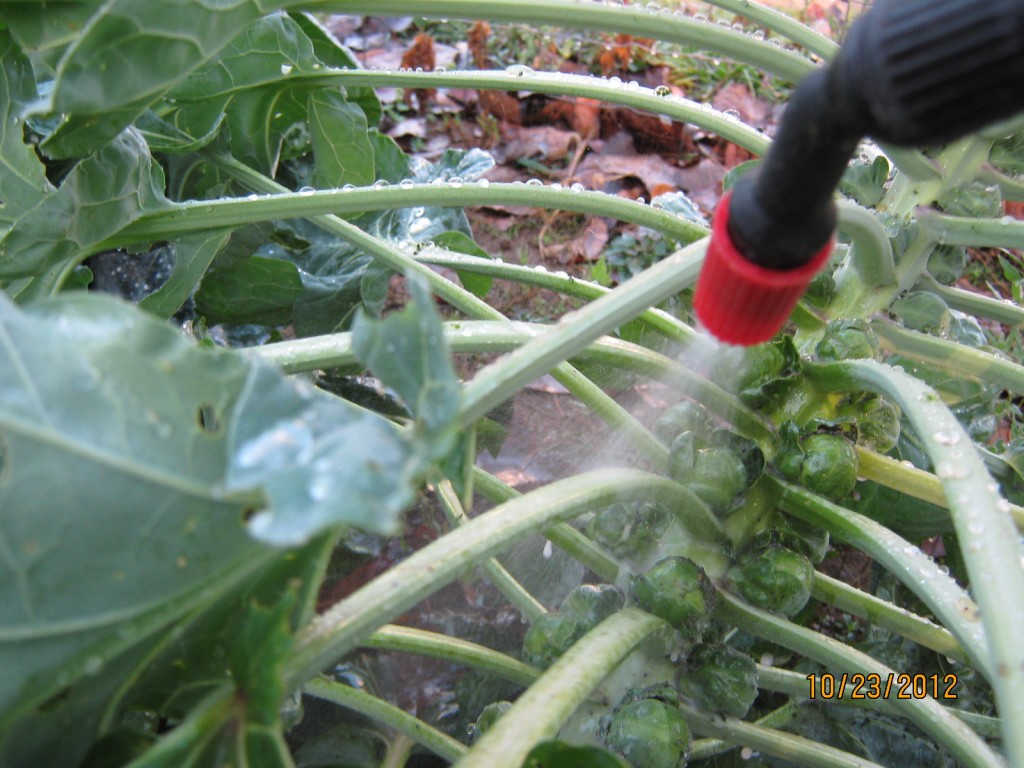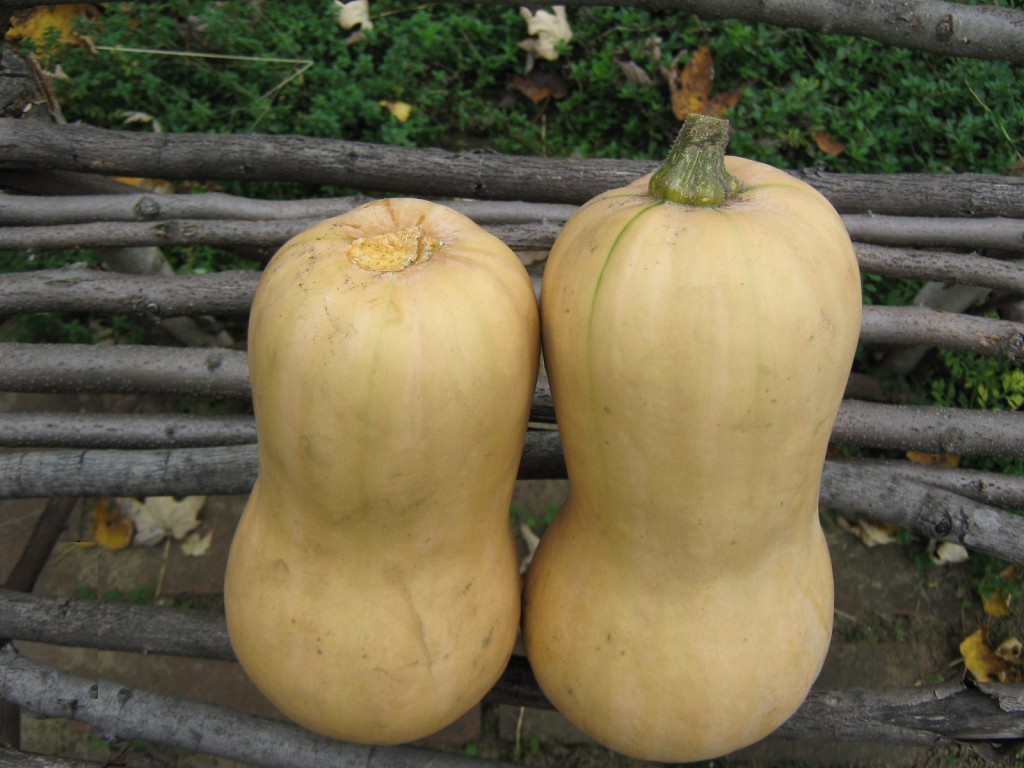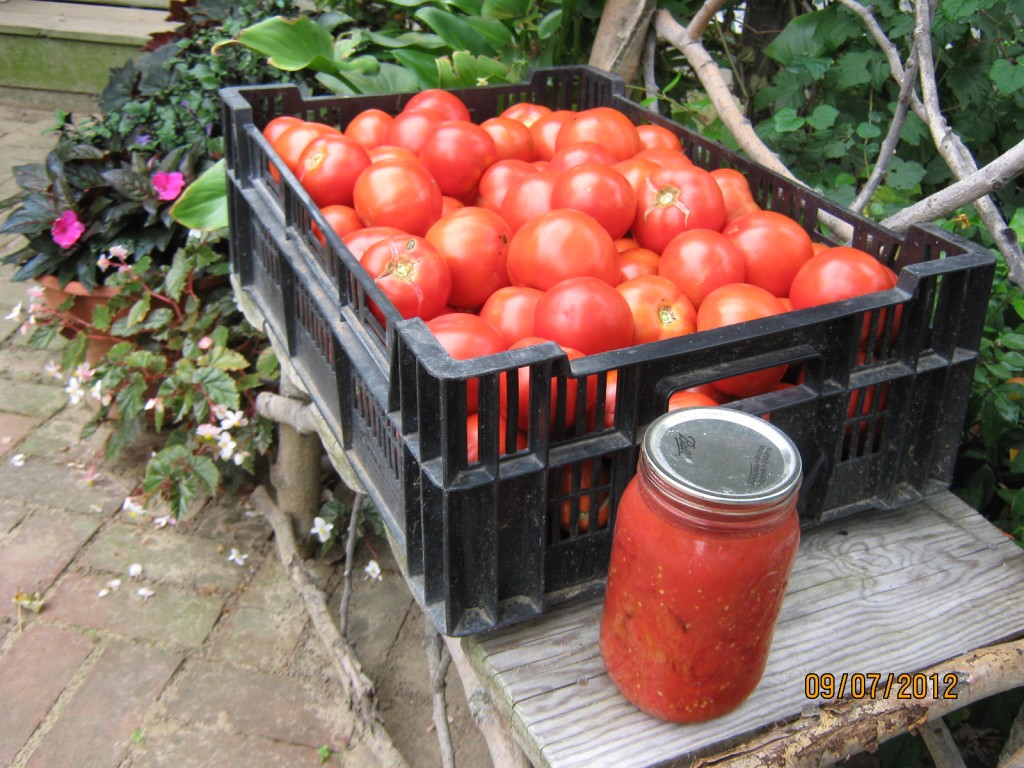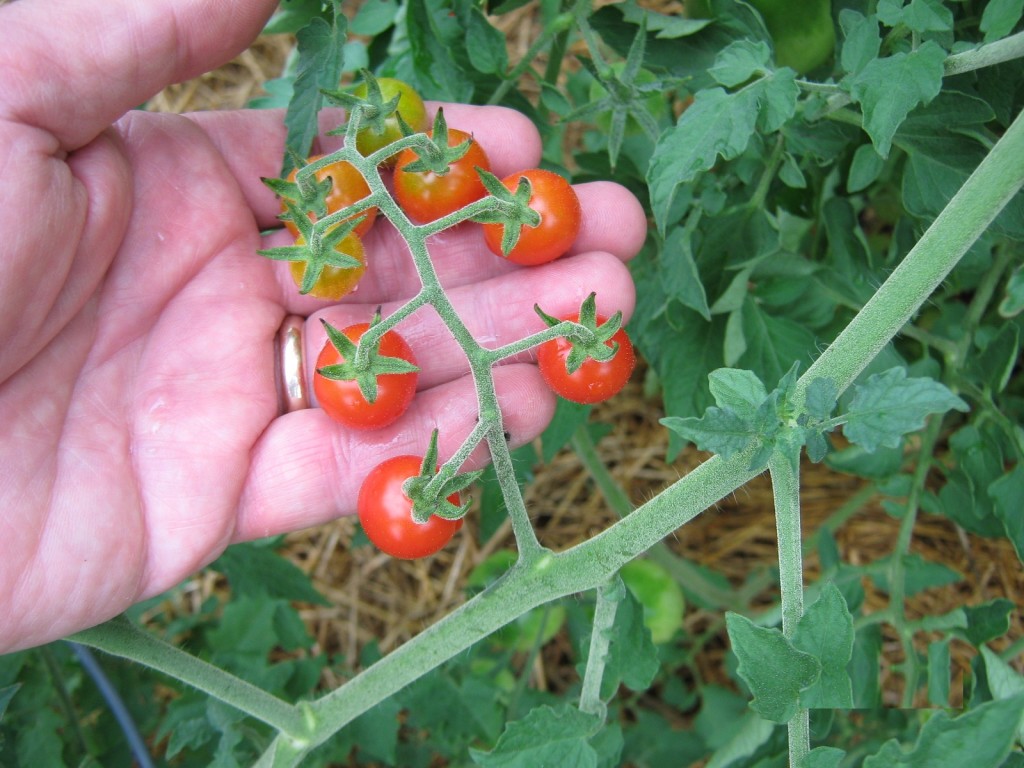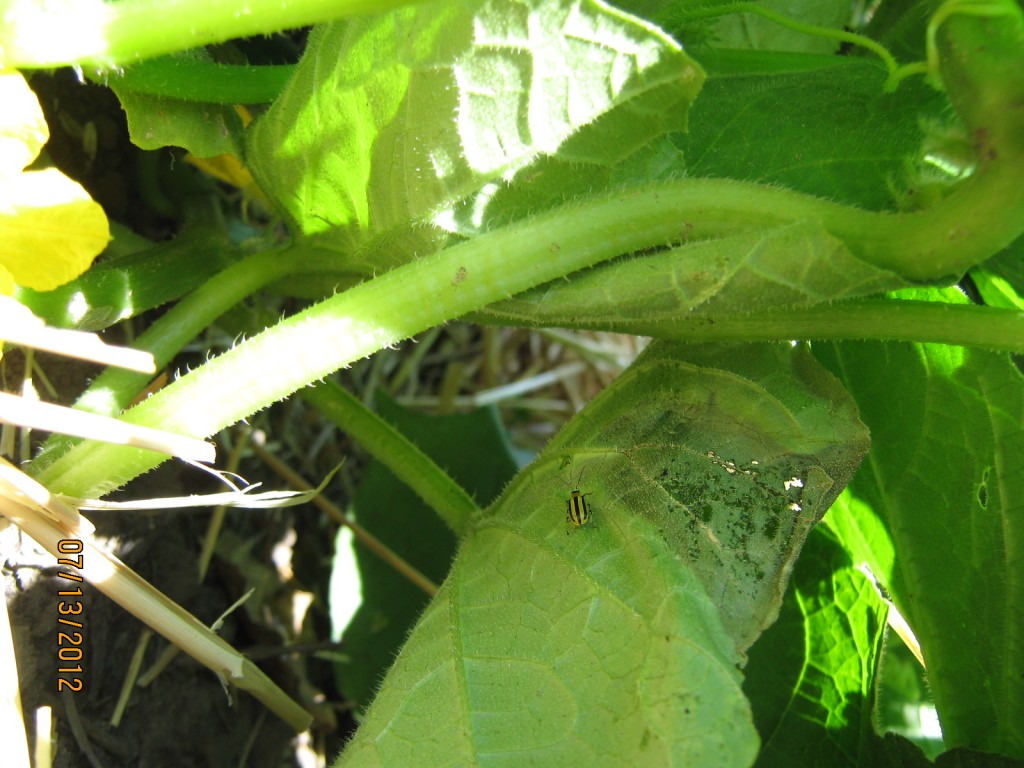Our killing frost finished off the rest of the vegetable plants in my garden. The only ones left were the cold-tolerant types like Brussels sprouts, kale, turnips and a few others. I thought that I could coast along until it was time to harvest those crops later next month.
Earlier this week, I went out to the garden to check my Brussels sprouts. I was surprised to find the sprouts covered with aphids and the leaves infested with active cabbage worms. Apparently, our warm Indian summer stimulated a population explosion of insects.
I put away the sprayer for the season a couple of weeks ago. So, I dragged it back out and filled it with a solution of Pyola insecticide. This is a very safe and effective spray for most garden insects. It is basically canola oil combined with a small amount of pyrethrum and is approved for use in organic gardens.
After thoroughly drenching my Brussels sprouts, I triple-rinsed the sprayer, dried it out and put it back into storage. Hopefully, that will be the last time it will see the light of day until next spring.
